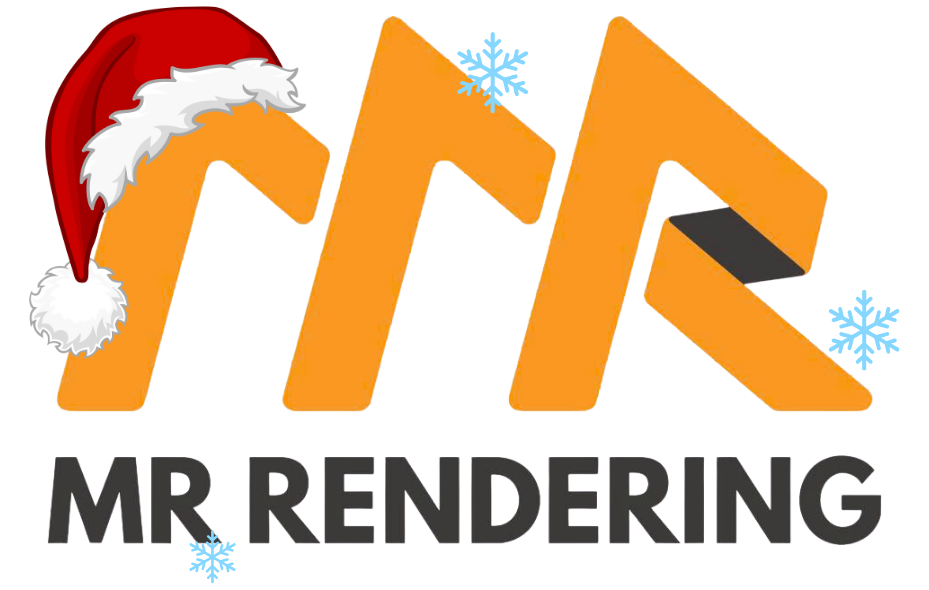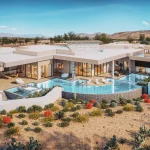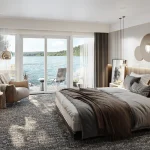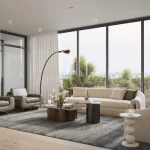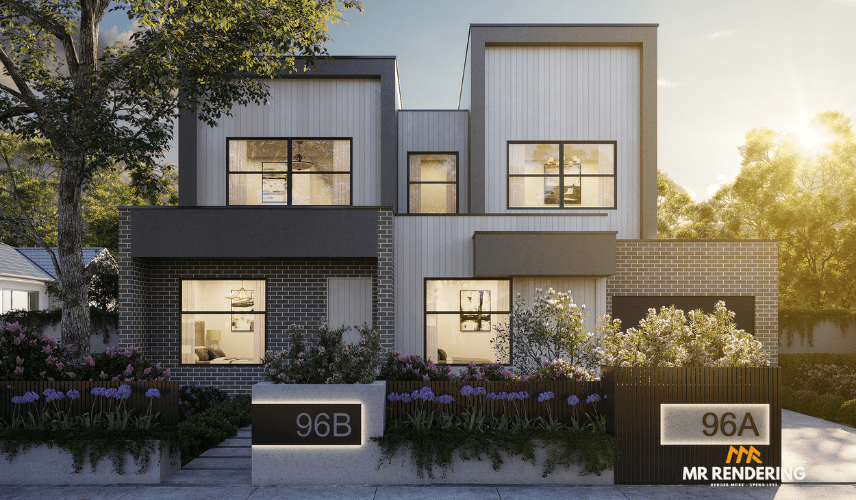
Introduction
The strategic usage of 3D animation in architecture is fundamentally reshaping the standards for visual communication in today’s fast-paced industry. As projects grow more complex and client expectations for immersive experiences rise, traditional presentation methods like static 2D drawings and basic renderings are no longer sufficient to capture a design’s true potential.
This groundbreaking technology moves far beyond creating simple, realistic models. It empowers architects, developers, and marketers to craft dynamic walkthroughs, cinematic flythroughs, and compelling visual stories that allow clients and stakeholders to truly experience a space before construction even begins. The increasing popularity of this tool signals a critical industry shift toward more effective communication and successful project delivery.
This article will explore how 3D animation is used to enhance visual storytelling, facilitate deeper collaboration, accelerate project approvals, supercharge marketing efforts, and influence the future of design.
The Role of 3D Animation in Architectural Design
3D animation in architecture involves producing moving visualizations of a building or space. Unlike static images, animations create a living, breathing experience—allowing viewers to virtually walk through a space, explore every detail, and understand spatial relationships from multiple angles.
This technology addresses a core challenge in architecture: translating complex, three-dimensional concepts into understandable visual narratives. It bridges the gap between technical plans and emotional, engaging presentations that inspire confidence among clients, investors, and the public.
Furthermore, as digital tools advance, architects are increasingly integrating virtual reality (VR), interactive renderings, and real-time animations into their workflows. These innovations expand the capabilities and outreach potential of architectural visualizations, making 3D animation a cornerstone in industry innovation.
How 3D Animation Enhances Visualization and Design
Bringing Designs to Life
One of the most immediate benefits of 3D animation is its ability to provide a clear and comprehensive understanding of space. For clients, visualizing a building from blueprints or static renderings can be challenging. Animations solve this by offering immersive walkthroughs—a virtual tour of the space, revealing interior layouts, lighting effects, textures, and landscaping details in a realistic environment.
For instance, an animation could depict a prospective homeowner walking through their future house, experiencing natural light pouring through the windows or the flow of open-concept interiors. Similarly, a developer might use a flythrough to showcase entire neighborhoods, emphasizing street layouts and communal amenities.
Such visualizations do more than just inform—they evoke emotional responses, making it easier to communicate design intent and overall vision to clients and investors.
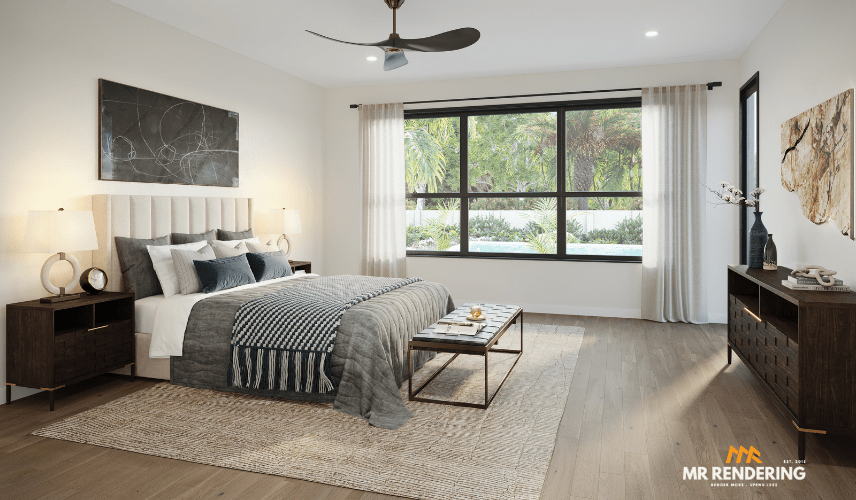
Facilitating Communication and Collaboration
1. Bridging the Gap
Architectural projects typically involve multiple stakeholders: designers, clients, contractors, and investors, each with different levels of technical expertise. 3D animations serve as a common language, translating complex technical data into engaging visual stories.
2. Making Complex Designs Accessible
Instead of poring over confusing blueprints, stakeholders can watch animated walkthroughs that clearly showcase space utilization, building façade qualities, and environmental context. This ease of understanding fosters better communication, diminishes misunderstandings, and reduces costly revisions during construction.
3. Streamlining Decision-Making
When clients and contractors view animated representations, they often see potential issues or improvements that might not be evident in static drawings. The ability to visualize changes in real time accelerates decision-making and significantly shortens approval cycles.
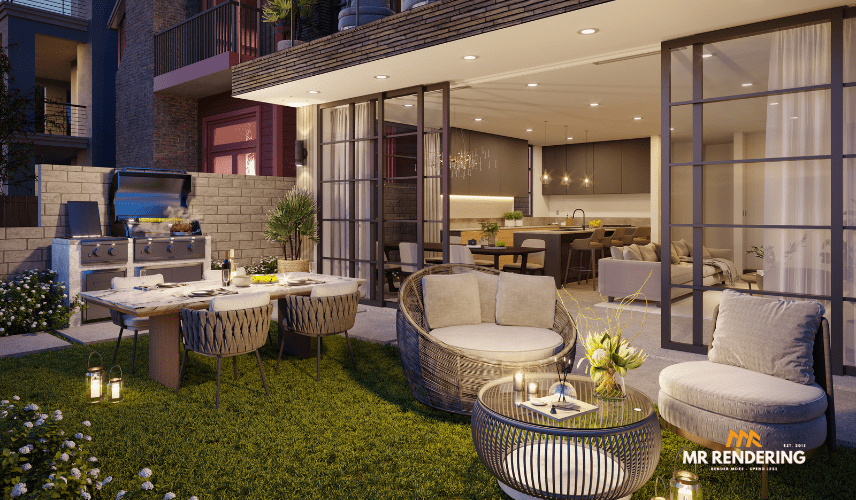
An elegant outdoor patio, furnished for a sophisticated evening gathering, opens into a warm and inviting living space.
Accelerating Design Validation and Approval
1. Faster Sign-offs with Engaging Previews
Traditional approval processes involve lengthy review cycles of blueprints and static visuals. With 3D animation, stakeholders are presented with a compelling, realistic preview of the finished project, making it easier to identify necessary adjustments early on.
2. Comparing Design Options
Animations allow clients to virtually tour different design versions—altering materials, layouts, or façade styles—and immediately see the impact. This capability simplifies the process of selecting the most suitable design, reducing the time for approvals and minimizing costly modifications during construction.
3. Reducing Errors and Rework
Early visualization helps catch design flaws, spatial conflicts, or aesthetic issues before breaking ground. Detecting such issues at the animation stage is far less expensive than resolving them during construction, saving both time and money.
Boosting Marketing and Customer Engagement
1. Creating Strong Emotional Connections
In the competitive real estate world, captivating visuals are essential for sales success. 3D animations evoke emotions—potential buyers can virtually walk through their future homes, experiencing lighting, ambiance, and spatial flow. This connection increases buyer confidence and interest.
2. Enhancing Property Listings
Animated videos and virtual tours create outstanding marketing content for websites, social media, and presentations. These engaging visuals leave lasting impressions, attract more inquiries, and accelerate sales cycles.
3. Supporting Pre-Sales and Investor Confidence
Developers often use high-quality animations to pre-sell properties and secure investments before construction completes. A compelling animated showcase of a project can transform stakeholder engagement from interest to commitment.
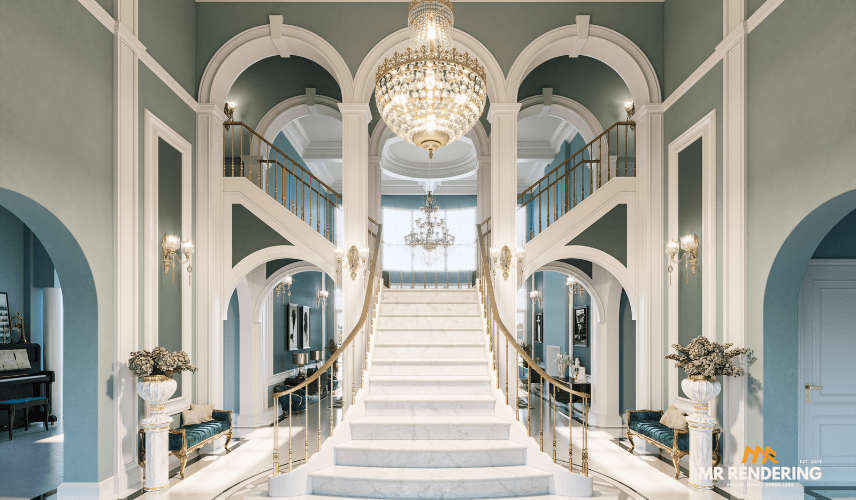
Improving Cost and Time Efficiency
1. Early Problem Detection
By visualizing a project in motion, design teams can identify structural or aesthetic conflicts before expensive construction phases begin. This proactive approach reduces costly reworks and project delays.
2. Shortening Approval Timelines
Animations foster quicker consensus among decision-makers by providing clear, engaging visuals that explain design intent convincingly. Fast approvals translate into savings in project timeline and associated costs.
3. Streamlined Client Communication
Immersive visuals make presentations more interactive and productive, reducing misunderstandings and the need for repeated explanation or revisions, ultimately delivering faster project initiation.
| Get the full animation cost analysis. Read more on our blog about 3D Architectural Animation Cost
Emerging Trends and Future Directions
1. Real-Time and Interactive Visualization
Advances in game engine technology, such as Unreal Engine or Unity, enable real-time, interactive walkthroughs. Clients can adjust lighting, materials, or views on the fly, creating a highly engaging collaboration process.
2. Virtual Reality (VR) Integration
VR immerses clients directly into virtual environments, offering an unprecedented view of spatial relationships and aesthetic qualities. This level of immersion enhances decision-making and stakeholder buy-in.
3. AI-Powered Animation and Rendering
Artificial intelligence reduces rendering times and enhances realism, making high-quality animations more accessible and cost-effective.
4. The Future of Architectural Visualization
As these technologies become more affordable and accessible, the usage of 3D animation in architecture will expand further, transforming how buildings are designed, presented, and sold.

Recap: The Critical Role of 3D Animation in Architecture
From immersive visual storytelling to streamlined approvals and marketing dynamism, 3D animation in architecture provides multiple benefits. It bridges the communication gap, empowers clients with better understanding, accelerates project timelines, and enhances marketing impact—all key ingredients for success in today’s competitive industry.
Why Partner with MR Rendering Studio?
When it comes to professional, high-quality 3D architectural animation, MR Rendering Studio stands out as a trusted global provider. With over 15 years of experience, their team of talented artists and cutting-edge technology deliver stunning visualizations on time and within budget.
What sets MR Rendering apart?
- Proven track record of delivering visually captivating animations for architects, developers, and marketers worldwide.
- Cost-effective solutions that do not compromise quality.
- Flexible workflows tailored to meet tight deadlines and the specific needs of each project.
- Trusted for reliability, creativity, and attention to detail.
If you aim to elevate your architectural projects through compelling visual storytelling, MR Rendering Studio is your ideal partner.
Final Thoughts
The usage of 3D animation in architecture has transcended novelty to become an industry standard. Its ability to improve communication, speed up approval processes, and drive marketing success is unparalleled. Architects, developers, and marketers investing in advanced visualization tools will stay ahead of the curve and turn visionary projects into reality—cost-effectively and compellingly.

Content Writer, Copy Writer
As a passionate content writer, Hoang Phuong specializes in creating high-quality, compelling narratives around 3D rendering and architectural visualization. Leveraging deep industry knowledge, Phuong excels at delivering information that is not only clear and creative but also genuinely inspiring, fostering stronger connections with clients and fellow professionals alike.
